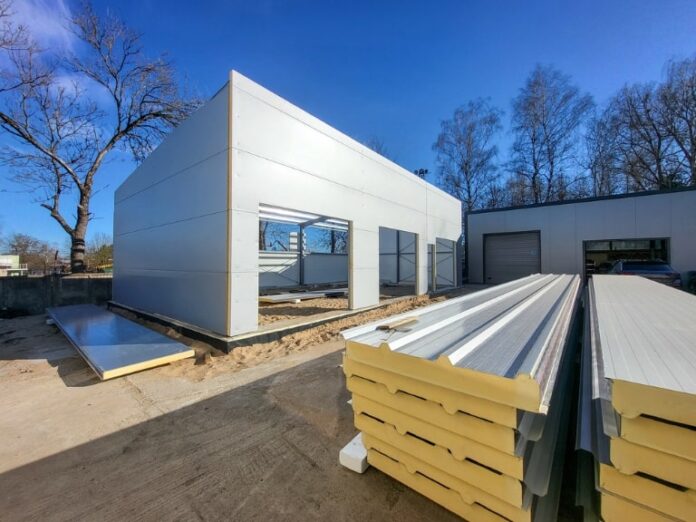When you step onto a commercial construction site, the choices you make about materials shape the project’s outcome long before the final brick is laid. Sheet materials form the backbone of many structural and finishing elements, so picking the right type influences not only the building’s resilience but also how smoothly the work progresses.
Approaching this decision with clear priorities helps you secure durable results while avoiding costly delays or rework.
Understanding different types of sheet materials
Commercial builds commonly use a range of sheet materials, each suited for particular functions and environments.
Chipboard remains popular for interior applications like flooring, furniture, and fixtures due to its affordability and ease of cutting. However, it demands protection against moisture to avoid swelling and degradation.
Plywood offers superior strength and durability, thanks to its cross-layered grain, making it suitable for structural uses where load-bearing capacity is vital.
MDF offers a smooth, uniform surface, making it ideal for interior joinery, cabinetry, and decorative wall panels. However, it must be properly sealed to protect against moisture damage. For more specific needs, gypsum boards are excellent for fire resistance and sound insulation, while metal and plastic-based sheets are better suited for exterior cladding or waterproof barriers due to their durability.
Assess the material properties relevant to your application rather than relying on general trends.
Assessing performance requirements for your project
Start by pinpointing the demands your project places on sheet materials.
First, consider environmental exposure. Will the materials face humidity, temperature changes, or direct weather contact? For external use or wet areas, opt for materials with water-resistant treatments or inherently robust properties like marine-grade plywood or coated metal sheets.
Strength requirements also vary, as load-bearing partitions or flooring demand sturdy options, while decorative wall panels allow for lighter, more flexible materials.
By mapping out these performance needs early, you can filter out unsuitable materials and focus on those that deliver long-term reliability.
Compliance with UK Building Regulations and Standards
UK building regulations impose mandatory standards on materials to ensure safety and performance. You need to verify that your chosen sheets meet fire resistance classifications relevant to the building’s use and occupancy.
Additionally, check that materials comply with environmental standards. Using certified products reduces risk during inspections and supports sustainable building practices.
Always request up-to-date technical documentation from suppliers and keep records as part of your compliance portfolio.
Practical Considerations: Cost, Availability, and Installation
Balancing quality and budget involves more than just comparing prices; it requires thoughtful planning. Consider the local availability of materials to avoid unexpected project delays. Some specialty sheets may have long lead times, higher shipping costs, or require bulk purchases, which could impact your timeline and overall project cost.
Installation techniques also affect overall cost and efficiency. For instance, chipboard panels cut easily on site but need protective coatings applied, adding labour. Conversely, pre-finished sheets might cost more upfront but save time and reduce waste.
Planning these logistical details ensures your material choice aligns with the project timeline and resource constraints, avoiding surprises that escalate costs.




